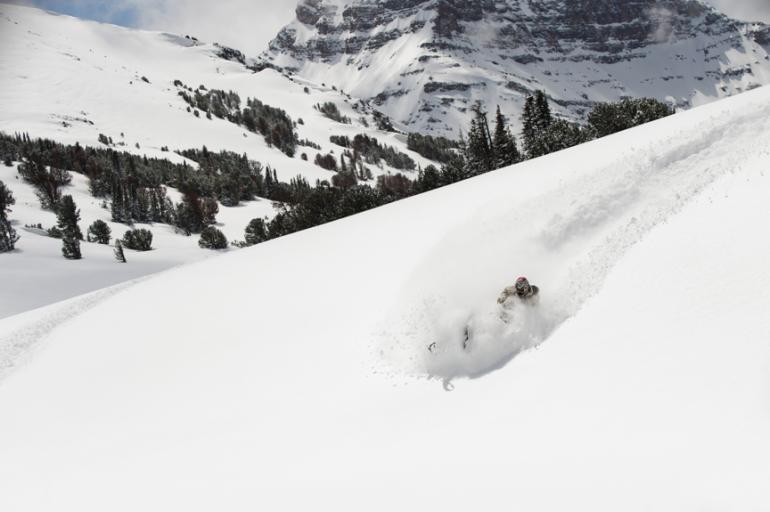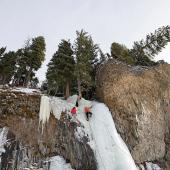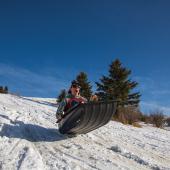Safe Sledding
Snowmobilers have unique avalanche risk factors built into their sport. Today’s high-powered sleds are capable of reaching new heights at greater speeds, and each year riders venture farther into remote terrain. As a result, it’s more important than ever for riders to understand how to stay safe in avalanche terrain.
From 1990 to 2012, there have been 716 total avalanche incidents in the Gallatin National Forest. Of these, 120 snowmobilers have been buried and 27 snowmobilers have been killed, according to the Gallatin National Forest Avalanche Center (GNFAC). The number of snowmobiler fatalities is more than double the number of skiers, boarders, and climbers combined who have died over the same period, with 11 fatalities.
The speed, gear, and weight of a sled make it tough for a snowmobiler to notice common avalanche warning signs, such as a weak or un-bonded layer of snow eight inches under the surface, according to the GNFAC. It is also difficult to communicate with fellow riders as conditions change from one area to the other.
To compensate for these risks, riders can adopt a few simple behavior changes that will substantially lower their chances of being caught in an avalanche. In Montana, over half the people killed in avalanches would be alive today if only one snowmobiler had been on the slope at a time. Additional fatalities can be prevented if snowmobilers don’t “highmark,” which is when riders compete to see who can reach the highest point on a slope before stalling or sliding backward. Snowmobilers should also carry rescue gear, such as a shovel, probe, and transceiver, and know how to use it.
Avalanche training courses help snowmobilers make informed decisions based on real data by understanding the snowpack. It’s important to recognize the signs of recent avalanche activity and unstable snow conditions and avoid traveling in that terrain. The GNFAC offers free, one-hour avalanche awareness classes throughout the winter, and also offers a two-day, snowmobiler-specific intro workshop and field course on January 12 and 13 in Bozeman, for which an $80 donation is requested.
Visit fwp.mt.gov and mtavalanche.com for more information.












